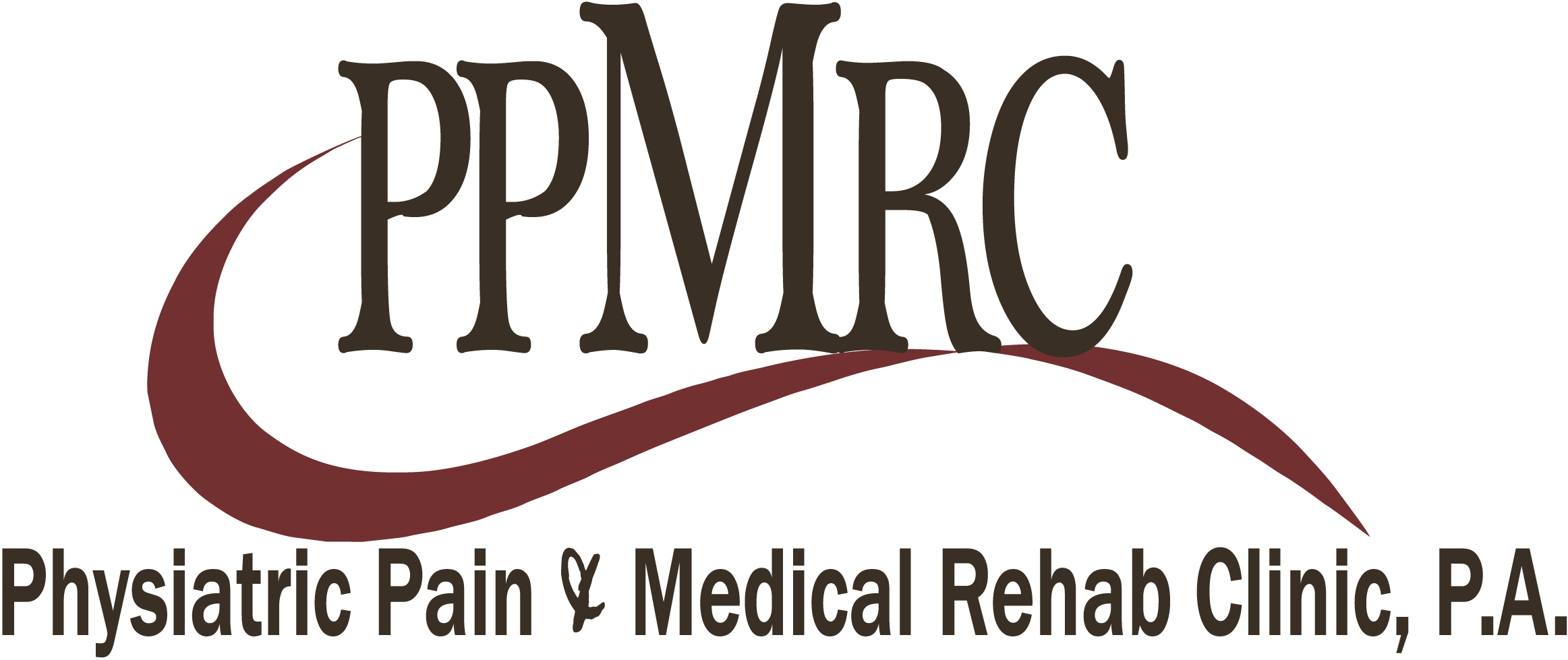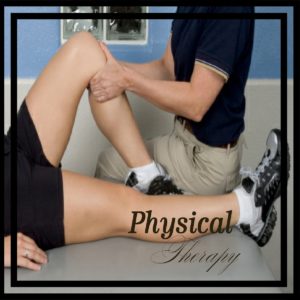Comprehensive Physical Therapy
Therapist Duties
Your therapist may choose from one or more of the following treatment interventions to help you control your pain and symptoms.
Relative Rest
Resting the painful joints and muscles helps calm soreness, giving your spine time to heal. If you are having pain with an activity or movement, it should be a signal that there is still irritation going on. You should try to avoid all movements and activities that increase the pain. In the early stages of your problem, the doctor or therapist may have you wear a brace to limit movement.
Specific Rest
Specific rest encourages safe movement of the joints and muscles on either side of a painful area, while protecting the sore spot during the initial healing phase. If a brace was prescribed, you may be instructed to take it off a few times each day so you can do some gentle and controlled exercises.
Positioning
Your therapist will work with you to find ways to position your spine for the greatest comfort while sleeping or resting. You may receive advice on positions that reduce stress on your spine while you are at work.
Ice Therapy
Ice makes blood vessels vasoconstrict (get smaller), decreasing the blood flow. This helps control inflammation, muscle spasm, and pain.
Heat Therapy
Heat makes blood vessels vasodilate (get larger), increasing the blood flow. This action helps flush away chemicals that cause pain. It also helps bring in healing nutrients and oxygen.
Ultrasound Treatments
Ultrasound can reach tissues that are over two inches below the surface of your skin. The ultrasound machine directs high-frequency sound waves toward the sore area. As the waves pass through the body’s tissues, they vibrate molecules. The vibration causes friction and warmth. The remaining sound waves are converted to heat in the deeper tissues of the body. This heating effect helps flush the sore area and brings in a new supply of blood that is rich in nutrients and oxygen.
Electrical Stimulation
Electrical stimulation is a gentle treatment used to stimulate nerves. The current passes through pads applied on the skin. Some people say it feels like a massage on their skin. Electrical stimulation can ease pain by sending impulses that are felt instead of pain. Once the pain eases, muscles that are in spasm begin to relax, letting you move and exercise with less discomfort.
Soft Tissue Mobilization/Massage
Therapists are trained in many different forms of massage and mobilization. Massage has been shown to calm pain and spasm by helping muscles relax, by bringing in a fresh supply of oxygen and nutrient-rich blood, and by flushing the area of chemical irritants that come from inflammation. Soft tissue treatments can help tight muscles relax, getting them back to a normal length. This will help you begin to move with less pain and greater ease.
Joint Mobilization
Graded pressures and movements for joint mobilization may be performed by skilled therapists. Gentle graded pressures help lubricate joint surfaces, easing stiffness and helping you begin moving with less pain. As your pain eases, more vigorous grades of mobilization may be used to lengthen tissues around the joint in order to restore better movement in your spine.
Traction
Sore joints and muscles often feel better when traction (pull) is used. Therapists apply traction manually or with a traction machine. There are also traction devices that can be issued to you for use at home. The amount of pull that is used will depend on your condition. A gentle on/off pressure may be better early on to help control arthritis pain. More vigorous traction can help take away pain if a spinal joint is mildly sore or tight.
Therapeutic Exercise
Specialized treatments and exercises can help maximize your physical abilities, including flexibility, stabilization, coordination, and fitness conditioning.
Flexibility
Exercises that increase flexibility help to reduce pain and make it easier to keep your spine in a healthy position. Flexibility exercises are helpful for establishing safe movement. Tight muscles cause imbalances in spinal movements. This can make injury of these structures more likely. Gentle stretching increases flexibility, eases pain, and reduces the chance of re-injury.
Spinal Stabilization Exercises
The “core” muscles (abdomen, back gluteal muscles) you’ll be working on are closer to the center of the body and act as stabilizers. These key muscles are trained to help you position your spine safely and to hold your spine steady as you perform routine activities. These muscles form a stable platform letting you move your limbs with precision. If the stabilizers aren’t doing their job, your spine may be overstressed with daily activities.
Coordination
Strong muscles need to be coordinated. As the strength of the spinal muscles increases, it becomes important to train these muscles to work together. Learning any physical activity takes practice. Muscles must be trained so that the physical activity is under control. Spine muscles that are trained to control safe movement help reduce the chance of re-injury.
Fitness Conditioning
Improving overall fitness levels aids in recovery of spine problems. Fitness conditioning involves safe forms of aerobic exercise. The term aerobic means “with oxygen.” When using oxygen as they work, muscles are better able to move continuously, rather than in spurts.
Exercise has other benefits as well. Vigorous exercise can cause chemicals, called endorphins, to be released into the blood. These chemical hormones act as natural pain relievers in reducing your pain. Examples of aerobic exercise include
- swimming laps
- walking on a treadmill
- using a cross country ski machine
- using a stair stepper
If you decide you want some extra conditioning, always check with your doctor or therapist before beginning a program on your own. It is important that you choose an aerobic activity you enjoy. This will help you stick with it-guaranteeing you the long-term benefits that come with a well-rounded fitness program.
Functional Training
Therapists use functional training when you need help doing specific activities with greater ease and safety. Examples include posture, body mechanics, and ergonomics.
Posture Principles
Using healthy posture keeps the spine in safe alignment, reducing strain on the joints and soft tissues around your spine. The time and effort you take to use good posture are vital to spine care, including prevention of future spine problems. As you gain strength and control with your stabilization exercises, proper posture and body alignment will be easier to remember and apply with all your activities.
Proper Body Mechanics
Think of body mechanics as putting safe posture into action. It’s one thing to sit or stand with good posture, it’s another to keep safe posture as you actually move with activity. You want to keep your body in its safest alignment as you go about your daily tasks, such as
- getting out of a chair
- taking out the trash
- getting clothes out of the dryer
- brushing your teeth
- lifting
Safe body movement is especially important


